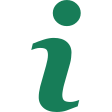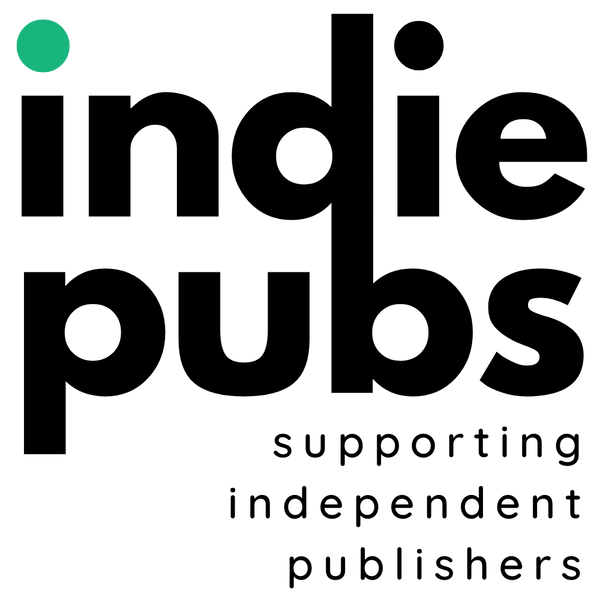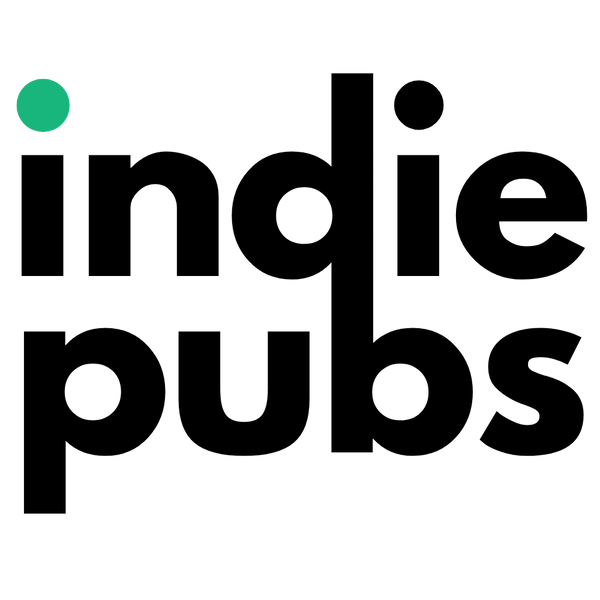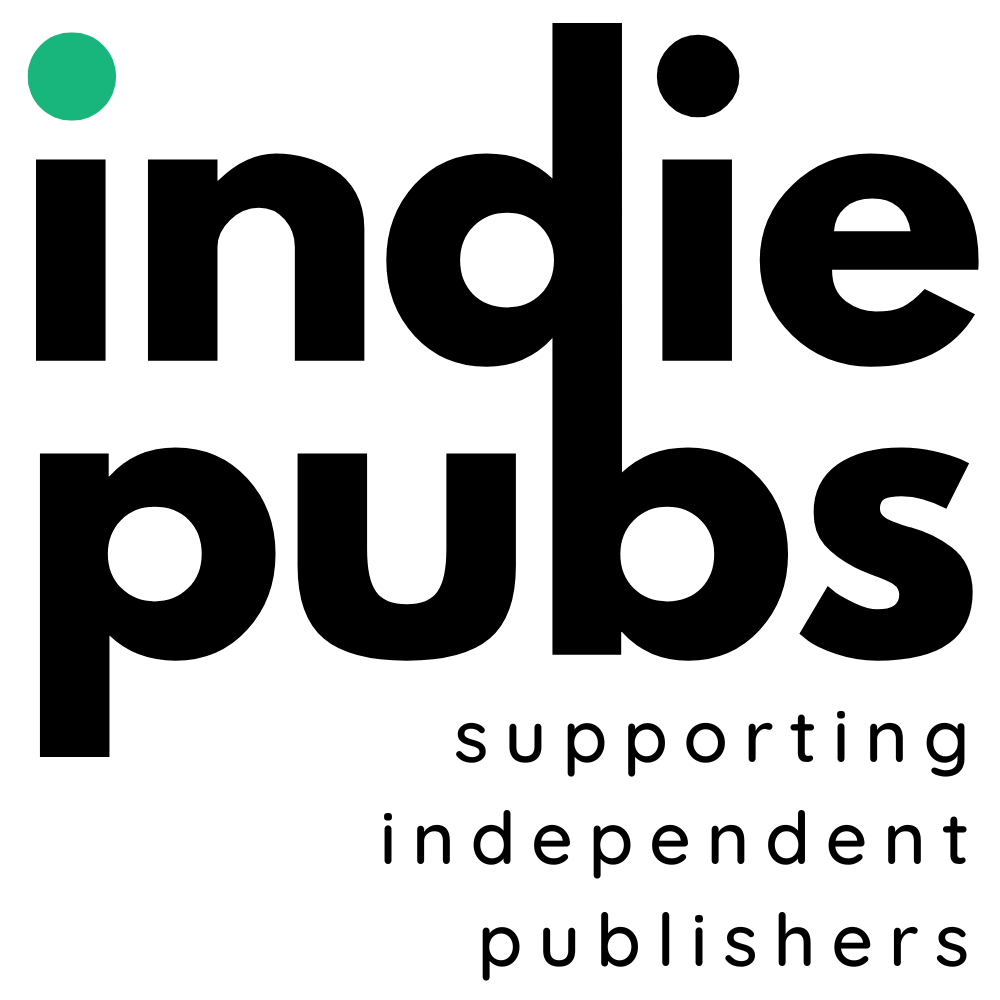This edited collection brings together global experts to explore the role of information professionals in the transition from an analogue to a digital environment. The contributors, including David Nicholas, Valerie Johnson, Tim Gollins and Scott David, focus on the opportunities and challenges afforded by this new environment that is transforming the information landscape in ways that were scarcely imaginable a decade ago and is challenging the very existence of the traditional library and archive as more and more resources become available on line and as computers and supporting networks become more and more powerful. By drawing on examples of the impact of other new and emerging technologies on the information sciences in the past, the book emphasises that information systems have always been shaped by available technologies that have transformed the creation, capture, preservation and discovery of content. Key topics covered include: - Search in the digital environment - RDF and the semantic web - Crowd sourcing and engagement between institutions and individuals - Development of information management systems - Security: managing online risk - Long term curation and preservation - Rights and the Commons - Finding archived records in the digital age. Is Digital Different? illustrates the ways in which the digital environment has the potential to transform scholarship and break down barriers between the academy and the wider community, and draws out both the inherent challenges and the opportunities for information professionals globally. Readership: This book will be of particular to students, particularly those on information studies programs, and academics, researchers and archivists globally.
Price: £140.00
Publisher: Facet Publishing
Imprint: Facet Publishing
Publication Date:
29 September 2017
Trim Size: 9.31 X 6.56 in
ISBN: 9781783302857
Format: Hardcover
BISACs:
LANGUAGE ARTS & DISCIPLINES / Library & Information Science / Archives & Special Libraries, Archiving, preservation and digitization, BUSINESS & ECONOMICS / Information Management, LANGUAGE ARTS & DISCIPLINES / Library & Information Science / General, IT, Internet and electronic resources in libraries
I would highly recommend this book as an introduction to this topic. The authors' coverage of the subjects is clear and easily understood. The objective way material is presented guarantees the reader will be excited by the promise of digital, while appreciating the challenges or limitations of the format. It is also worth a read if you are interested in placing digital initiatives into a broader professional or historical context. The complex content is presented in an approachable yet thorough manner, giving the reader a chance to reflect on how new technologies may influence their own practice. No matter your knowledge level on the topic you are guaranteed to learn something new from this book.
Introduction and acknowledgements - Michael Moss and Barbara Endicott-Popovsky 1. What is the same and what is different - Michael Moss 2. Finding stuff - David Nicholas and David Clark 3. RDF, the Semantic Web, Jordan, Jordan and Jordan - Norman Gray 4. Crowd sourcing - Ylva Berglund Prytz 5. Pathways to integrating technical, legal and economic considerations in the design, development and deployment of trusted IM systems - Scott David and Barbara Endicott Popovsky 6. Finding archived records in a digital age - Tim Gollins and Emma Bayne 7. Security: managing online risk - Barbara Endicott-Popovsky 8. Rights and the Commons: navigating the boundary between public and private knowledge spaces - Gavan McCarthy and Helen Morgan 9. From the Library in Alexandria to the Google Campus: has the digital changed the way we do research? - David Thomas and Valeria Johnson







